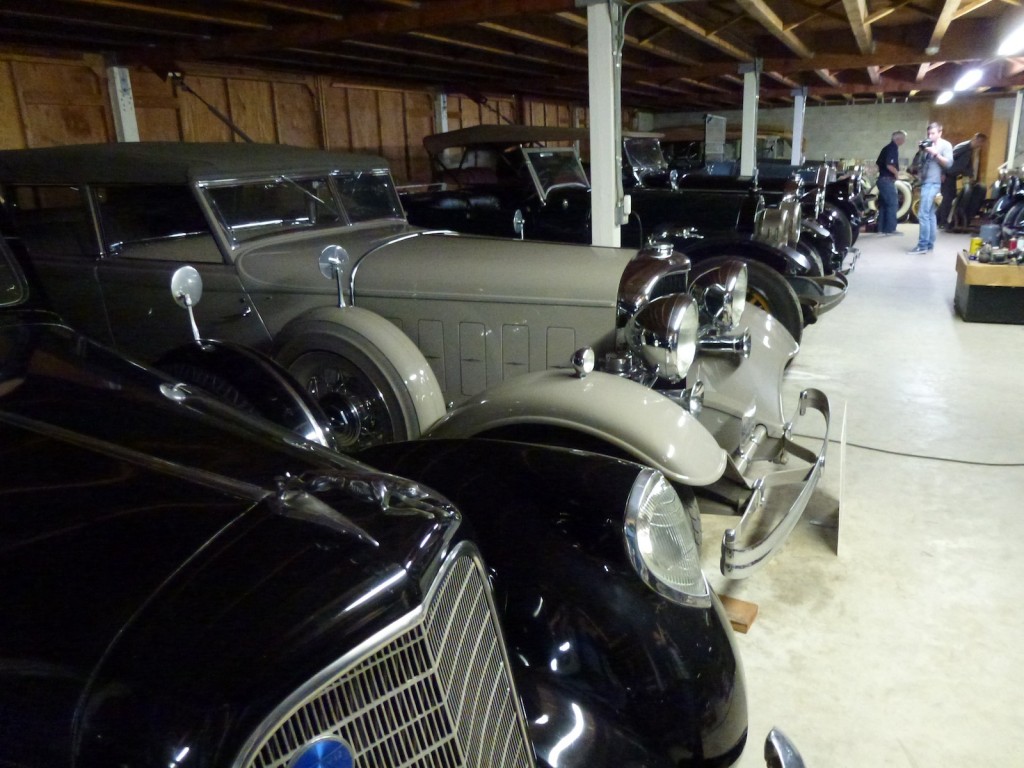There is no denying that vintage cars are beautiful and fun to drive, but they can also be a hassle to maintain. As much as you love your classic cars, it is vital to remember that they are delicate and need to be handled with care. You must understand how heat and humidity can affect the vehicle’s components and how you can protect it from these elements. Here are some tips to properly store your vintage cars so they can remain in good condition for years to come:
Prepare Your Garage For Storage
If you don’t want to damage your classic car in the garage this winter season, you must prepare your car storage for your vintage car. It is one of your most important decisions when winter arrives. You want to be sure that your storage place will provide the best protection for your classic car.
If your garage doesn’t have enough insulation to keep the temperature stable, consider adding extra insulation or insulating curtains. On the contrary, if you will store your car in the summer, ensure good airflow through the building by installing fans or air conditioning units.
Get The Car Cleaned And Detailed
If you are an owner of a classic car, you understand the importance of keeping it in good condition. There is nothing like a vintage car, from sleek lines to distinctive curves. And if you have put in the hard work to restore one to its former glory, you know first-hand how much care and attention goes into caring for a classic automobile.
If you are storing your car for a few months, it is crucial to have it cleaned and detailed before storage. You can clean it all by yourself, but having it done by a professional is highly recommended. Aside from cleaning, detailing a car is also an essential step in storing them. It is the process of thoroughly cleaning, repairing, and improving the appearance of your vehicle externally and internally.
It is essential to clean the interior thoroughly. That way, your car won’t get damaged by moisture. You don’t want water or other liquids to seep into the cracks and crevices of your car’s interior, which can lead to mold and mildew growth.
Fill Up The Gas And Change The Oil
Changing the oil is also essential when storing your car for a long time. It keeps the engine lubricated and prevents rust from forming. If you don’t change the oil, then there may be no lubrication on moving parts. It means that they may wear down faster, leading to more expensive repairs later on when the time comes to drive again.
To prevent this, you will want to drain all the fluids from your engine; this includes gasoline, oil, coolant, and brake fluid. If any other fluids in your car might be affected by freezing temperatures, like transmission fluid, drain those as well.
Next, change all the oil filters and refill them with fresh oil. If you don’t know how much oil should be in there now, fill until you see it coming out of the dipstick tube. Then fill up the gas tank till it is full.
Check The Battery
Before you store your vintage car, you might want to ensure the battery is fully charged or new. It is a critical component of your vehicle’s electrical system and will be used to start the engine when needed. If you don’t properly maintain or replace the battery, it may not work well when required and damage the other parts of your car.
It is especially vital to do this if your car batteries are draining quickly or not holding a charge well. If you are unsure whether or not your battery needs to be replaced before storing your vehicle for an extended period, contact a professional.
Final Thoughts
If you want to maximize the life of your classic car, there are some things you can do to make sure it’s in the best possible condition. Make sure to have your garage ready when the winter season comes. Before storing your vehicle, ensure it’s all cleaned up and detailed. Also, check if the fluids are changed and filled up and ensure the battery is charged or new.
Proper care will make driving your classic car even more fun.



Speak Your Mind